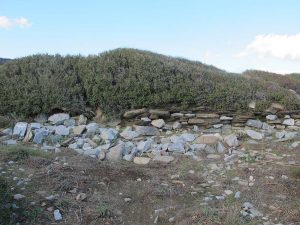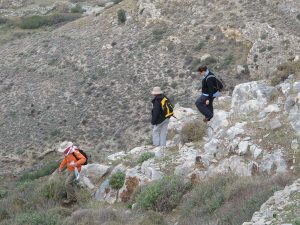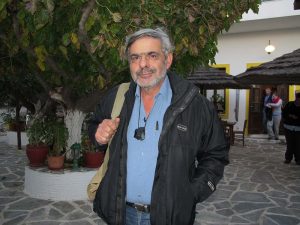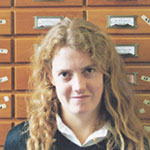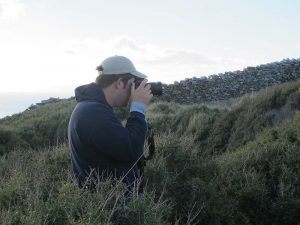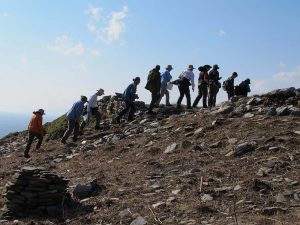by Irma Havlicek
Powerhouse Museum Online Producer

Yesterday, Saturday 17 November 2012, we received the news at breakfast that, due to heavy rain overnight, and with further rain forecast, yesterday’s work on site for most of us was cancelled. However, there were still tasks for all of us.
Steve Vassilakis and Hugh Thomas headed out on a fishing boat to the coast below the site of Zagora to investigate potential landing sites around Zagora. This was to inform considerations about how ancient mariners may have landed here in the past. Steve had been liaising with fishermen at Batsi over recent weeks to arrange this trip, and used his extensive fishing (including commercial fishing) experience to help with this project. Hugh photographed the venture from the boat (and succeeded in keeping sea-sickness at bay).

